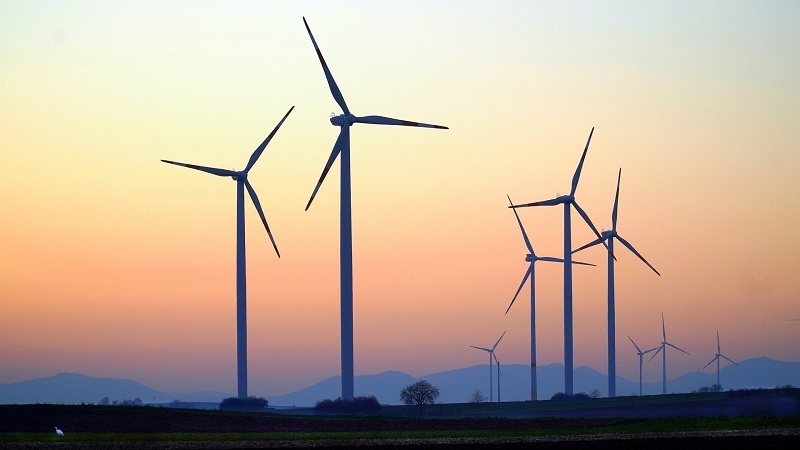Does the future of wind power lie in timber?
Published: 03/08/20 By: Mike Bekin
Wind turbines produce a huge amount of low-carbon, renewable energy. Whether they’re onshore or offshore, these lofty mills whirl away day and night, creating an enormous amount of power in the process.
While several factors will impact on the amount of energy a turbine can generate – including wind speed, height, and location. In general, wind turbines are a sustainable and clean way to produce electricity.
Now, some people believe that wind turbines can get even greener. By going back to the days when windmills were all made of wood, engineers hope to be able to make the manufacture, transportation, and installation of turbines more sustainable replacing the modern steel structure with wood. So, does the future of wind power lie in timber again? We decided to find out.
Greener construction
According to the American Wind Energy Association, it takes between 200 and 230 tons of steel to make a single wind turbine. This steel has to be manufactured, transported, and transformed into a turbine before being delivered to its destination.
This process creates a big carbon footprint and requires a lot of energy. It can take decades for a steel wind turbine to produce as much energy as it took to build it.
Wooden turbines, on the other hand, are lighter and a lot more environmentally friendly to build. Not only does it require less energy to cut and transport wood compared to steel, but trees also absorb carbon dioxide as they grow.
The engineers pioneering wood turbines estimate that wooden construction can save up to 2,000-tonnes of CO2 emissions per tower up until deployment.
On top of that, carbon sequestration in the wood offers the potential to make a wind power plant carbon neutral.
Greener transportation
As well as being a greener material to use in the manufacture of wind turbines, wood turbines are also more environmentally friendly to transport.
As @Treehugger says, “Not only does it avoid the carbon footprint of making all that steel, but because it is transported in sections rather than as complete tubes, it is not limited in diameter for transport like steel tubes are.”
This can make transportation a lot easier and more affordable and reduce the amount of energy required to move a wind turbine into place.
The future of wind turbines
Offering the renewable energy industry the chance to get even greener, timber wind turbines could well be the future of wind power.
Small domestic wind turbines are already being produced with wooden blades and it may only be a matter of time before the wider industry follows suit. Although wooden wind turbines are still in the prototype stage, the initial research looks promising.
Once the design is perfected and refined, we’ll likely begin to see wooden wind turbines in countries around the world.
Learn more about the versatility of timber, and how different woods can be used in construction and engineering projects by taking a look around our site or getting in touch with a member of our team.
Tags: Environmental, Sustainability
Categories: Insights
